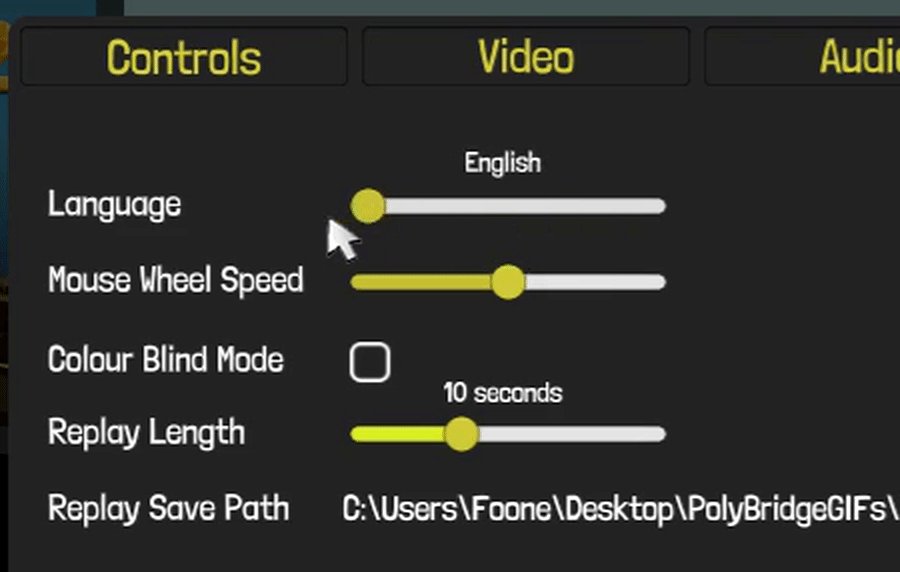The Great Software Stagnation is real, but we have to understand it to fight it. The CAUSE of the TGSS is not "teh interwebs". The cause is the "direct manipulation" paradigm : the "worst idea in computer science" \1
The Great Software\xa0Stagnation https://t.co/A6peSPERaU
— Jonathan Edwards (@jonathoda) January 1, 2021
More from Software
As the year wrap's up, let's run through some of the worst public security mistakes and delays in fixes by AWS in 2020. A thread.
First, that time when an AWS employee posted confidential AWS customer information including including AWS access keys for those customer accounts to
Discovery by @SpenGietz that you can disable CloudTrail without triggering GuardDuty by using cloudtrail:PutEventSelectors to filter all events.
Amazon launched their bug bounty, but specifically excluded AWS, which has no bug bounty.
Repeated, over and over again examples of AWS having no change control over their Managed IAM policies, including the mistaken release of CheesepuffsServiceRolePolicy, AWSServiceRoleForThorInternalDevPolicy, AWSCodeArtifactReadOnlyAccess.json, AmazonCirrusGammaRoleForInstaller.
First, that time when an AWS employee posted confidential AWS customer information including including AWS access keys for those customer accounts to
Fresh data breach news-
— Chris Vickery (@VickerySec) January 23, 2020
Amazon AWS engineer exposes work-related keys, passwords, and documents marked "Amazon Confidential" via public Github repository: https://t.co/7gkIegnslx
Discovered within 30 minutes of exposure by my team at @UpGuard.
Discovery by @SpenGietz that you can disable CloudTrail without triggering GuardDuty by using cloudtrail:PutEventSelectors to filter all events.
"Disable" most #AWS #CloudTrail logging without triggering #GuardDuty:https://t.co/zVe4uSHog9
— Rhino Security Labs (@RhinoSecurity) April 23, 2020
Reported to AWS Security and it is not a bug.
Amazon launched their bug bounty, but specifically excluded AWS, which has no bug bounty.
Amazon Vulnerability Research Program - Doesn't include AWS D:https://t.co/stJHDG68pj#BugBounty #AWS
— Spencer Gietzen (@SpenGietz) April 22, 2020
Repeated, over and over again examples of AWS having no change control over their Managed IAM policies, including the mistaken release of CheesepuffsServiceRolePolicy, AWSServiceRoleForThorInternalDevPolicy, AWSCodeArtifactReadOnlyAccess.json, AmazonCirrusGammaRoleForInstaller.


























